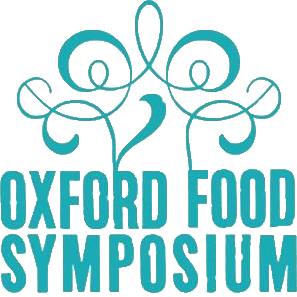Blog
Share your thoughts and findings amongst the like-minded and open-minded. Informed, academic, interesting content welcome and encouraged from everyone.
Questions will be posted regularly, and anyone is able to reply and comment although you will need to login (using your 2021 on-line Symp account details) or sign-up for an account first.
Please keep the discussion within the topic. The thread with all comments will remain live for a rich mix of thoughts and ideas to develop.
Initiated and moderated by Ken Albala.
We start with a question from the experimental historian’s kitchen.
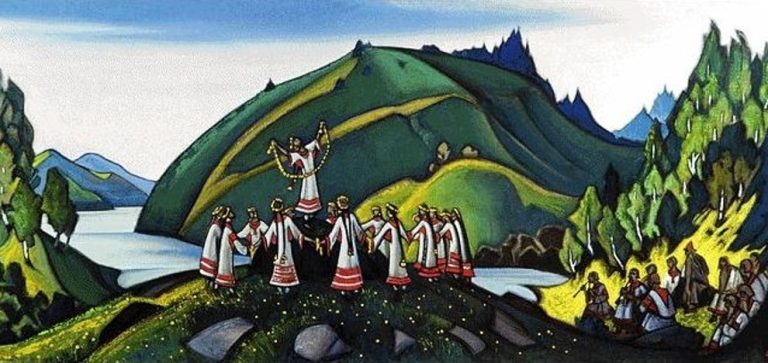
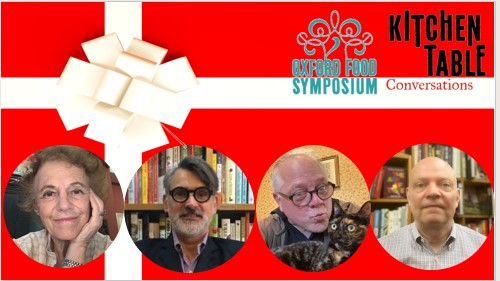
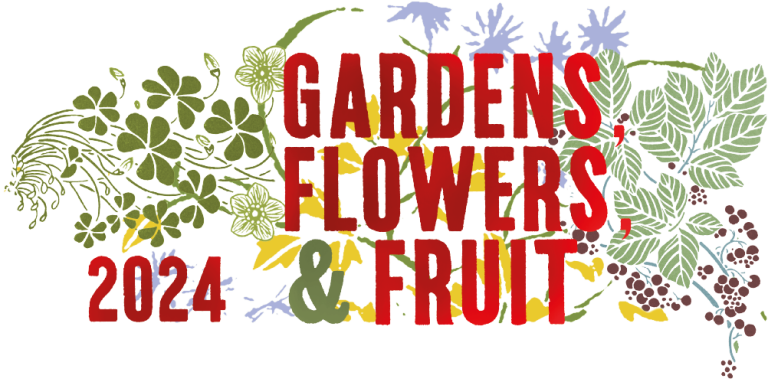
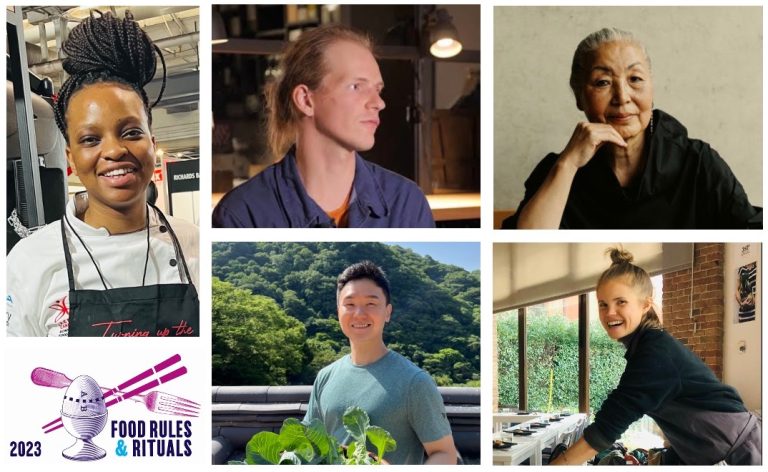

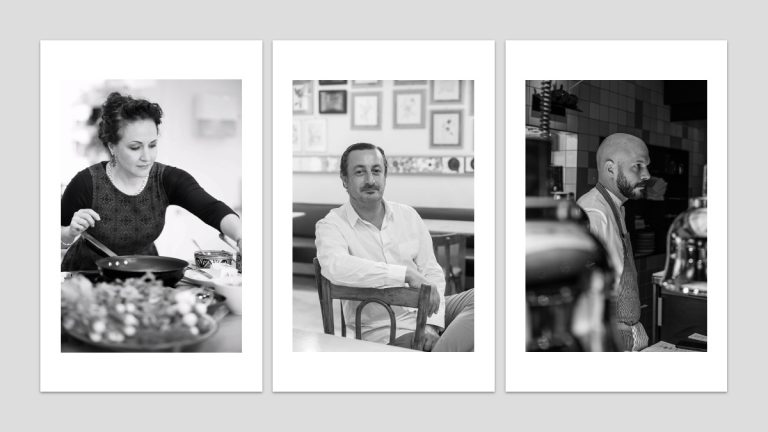
-
Ken Albala posted an update in the group
 Community Workshop 3 years ago
Community Workshop 3 years agoQuestion: Origin of the Balanced Meal. I was looking down at my plate the past few dinners and noticed that I instinctively place carbs, vegs and protein in fairly equal measure on a plate and it feels right to me. Even when dishes are jumbled up as in a casserole, I feel they are a complete meal when all three components are balanced. I think…
Alaina John and Abhijit Mishra like this · 4 Comments-
For sure increase the vegetables. And ideally the starch would be whole grain if a grain…also legumes
-
With supply chains breaking down and inflation on the horizon, I’d definitely say vegetables and insects will be the future of food for most people.
-
Digital marketing is a wonderful occupation to follow. Digital marketing is a necessary instrument for the victory of your association since it permits you to produce a traditional online site. You may understand how to evolve into a successful digital marketer by abiding by Digital Marketing Course in Chennai. Digital marketing leads to a broad…
-
-
Hi there! I’m John Kimerly, I am sharing some information about the particular topic i.e. Cryptocurrency exchange. Cryptocurrency is also called an altcoin. A cryptocurrency defined as digital money which takes the form of tokens or coins for transaction from traders is called cryptocurrencies. Cryptocurrencies transact through credit cards only… Read more
-
-
Ken Albala posted an update in the group
 Community Workshop 3 years ago
Community Workshop 3 years agoImagine the Ideal Food System, the ideal agriculture, manufacutre, distribution, preparation, consumption. Does your mind tend to look forward or backward for inspiration? Or are there elements of both? I think few people are purely romantic/nostalgic and few who are obstinately positivist and confident that science will solve all problems. This…
-
Ideal is – hard. Any future food system will have to balance so many variables that I can’t see it achieving ideal conditions on any one front. But there are a few things I think it will have to entasil in order to come close, and one of them is going to be a great deal of attention to detail. The kind that high levels of computerisation or… Read more
-
Excellently well put, Volker. It’s going to be complicated – but I’m not sure that regulation of the kind you suggest will be acceptable to those whose appreciation of food comes from regional traditions learned in childhood. There are non-commercial ways of growing and cropping locally. I grow a small crop of potatoes on my London… Read more
-
Data science is a multidisciplinary approach to discovering, extracting, and revealing patterns in data using a combination of analytical techniques, subject experience, and technology. One of the great locations to study and advance your profession is a Data Science Course in Chennai. Data scientists develop devices, channels, containers,…
-
-
-
Ken Albala posted an update in the group
 Community Workshop 3 years ago
Community Workshop 3 years agoA Question of Smoke: We normally recognize smoke as an aroma, but rarely a primary flavor in food. It would stand to reason that if cooking food provided nutritional benefits, and perhaps killing pathogens, giving our prehistoric ancestors advantages over those that didn’t cook, then smoke might be hard-wired into our taste preferences…
-
-
Smoking as an addition to salting foodstuffs for conservation happened in the UK when our climate turned rainier and damper and the addition of smoke kept the food free from maggots etc. A factor, also, is availability of peat as fuel – peat-smoke is very memorable flavour (exploited by whisky distillers). Dampness of climate is the reason for… Read more
-
-
New and interesting book on the topic. Black SmokeAfrican Americans and the United States of BarbecueBy Adrian Miller https://uncpress.org/book/9781469662800/black-smoke/
-
Found this in my archives (contrib to my intro to ‘Country House Cookery’, 1983-ish): “Around 500 BC the climate of the British Isles started to grow gradually cooler and wetter. Iron-Age Britons, used to preserving food by simple wind-drying methods, began to find this inadequate, and added smoking and salting to the process. In the early days… Read more
-
I love all of your anthropological history Elisabeth but now I’m hungry and fancy dark rye flatbread, pickled onions, and fresh dill to accompany the smoked fish I’m dreaming of.
-
Go for it, Erica! Just had toasted dark rye bread (Lithuanian bakery) with butter and potted smoked mackerel for breakfast. No pickles.
-
Yum!!!!
-
-
-
-
Yuvraj Singh’s first-century bat! It’s here and it can be yours!
The NFT for Yuvraj Singh’s special collection is Live Now and you can get your hands on it on the World’s Largest Marketplace for Licensed NFTs – Colexion!
https://colexion.io/ -
Selenium is the most widely used open-source and freeware automation tool. Selenium has several advantages for test automation. Selenium is a well-known web-based software testing tool that has long been the industry standard. The best location to master testing methodologies is Selenium Training in Chennai. It uses Selenese as the insolvency…
-
This recently came up in a discussion about harees which is a traditional Emirarti dish which was cooked over an open fire or in a tanoor. Modern versions are often not said to taste the same as the smoky flavor is absent.
-
-
Ken Albala posted an update in the group
 Community Workshop 3 years ago
Community Workshop 3 years agoQuestion on Eating Utensils: It is said that one third of the world eats with fork and knife, one third with chopsticks and one third with hands. Do you think the way people eat ultimately influences, maybe even determines not just the way food is served, but ultimately how it is prepared and cooked? It seems obvious that in Chinese cuisine food…
-
Poi doesn’t taste the same when eaten with a spoon instead of two fingers.
-
An excellent topic of discussion. Some thoughts that come to mind (in no particular order):
— May be a better way to characterize the first third is to say, “one third of the world eats with some combination of fork, spoon, or knife.” In some countries in southeast Asia (e.g., Thailand, Cambodia, Laos) and in some central Asian countries (e.…
-
Yes, I agree, that’s an excellent distinction to make. I was thinking how in Thailand it is a fork and spoon rather than chopsticks. It’s equally interesting that Americans often want to use chopsticks in Thai restaurants anyway and insist on being provided with them. Anwyay, yes, many combinations especially with spoons.
-
Coincidentally, earlier today, as I was researching a different topic for my cookery book, I came across this: https://www.facebook.com/groups/290303672159850/permalink/502351024288446/.
-
Python is a cultivated and developed programming terminology, so architects who understand how to develop a website utilising it are in excellent request. The best place to learn programming principles from specialists is Python Training in Chennai. Of course, developers can use a variety of additional programming languages. However, It is one of…
-
-
-
-
I think the question is a bit more complex. One factor in cooking historically is fuel. The type of cooking method used stir fry braising etc, requires different amounts of wood, coal etc, to maintain the temperature of fire, oven etc. helps determine how ingredients are cut and processed. Also, health in terms of age and dental hygiene and… Read more
-
-
Ken Albala posted an update in the group
 Community Workshop 3 years ago
Community Workshop 3 years agoAn Equipment Question. As we all know, different cooking implements can yield very varied results. It is difficult to flip food in cast iron, a teflon-coated pan requires less fat to avoid sticking, your instant pot will not brown food. This past week I’ve been playing with some old pots buried at the back of my cabinet, including iron, carbon…
-
There are several medieval dishes I’ve had come out far better in a clay pipkin over coals than using precisely temperature-monitored cookware, ovens, or even, yes, an Instant Pot!
-
Digby’s Toasted cheese never works right in a metal pot.
-
Glenn, The pipkin is precisely the pot that got me thinking about this. A 16th c rabbit in a pipkin burns in a metal pot, nothing else works but clay over hot coals.
-
-
The main thing I notice with soapstone is that the vessel holds hear for quite a while longer than pretty much anything else. Unless I remove the contents of the pot immediately after taking it off the brazier/stove, it will continue cooking for a solid 1/2 hour.
-
Loren, Absolutely. I got an Indian soapstone tawa recently and it takes like an hour to cool down after using!
-
-
Velazquez’ “Old Woman Frying Eggs”(circa 1618 – original in Nat Gal of Scotland) is the perfect instruction on how to fry in an earthenware cazuela at a time when iron cooking utensils were not yet in common use in southern Europe.
-
this is one of my favorite paintings. we analyzed it in my freshman seminar a few weeks ago. we couldn’t figure out what the artist was trying to say. she’s not impoverished, but clearly not wealty either. they weren’t satisfied with my answer: it’s about frying eggs, that’s all!
-
It’s such a beautiful image – and yr right, Ken. All it says is ‘this is how eggs are fried’, is all. The same earthenware cazuela still in use today. To temper, rub with garlic, fill to the brim with cold water and place in the bread-oven till the water has completely evaporated. If it cracks in the process, get another one – it’s not you,… Read more
-
I’m curious: What is the name of the painting in Spanish? It’s clear that the woman is not frying eggs. Cooking yes. Poaching maybe. Was “frying” implied by the translator.
Along a dissimilar line: One of the French terms for fried eggs is œufs sur le plat, or (literally) eggs on a plate. In the 18th and 19th centuries, persons living in a small… Read more
-
She’s frying eggs as they continue to do in Andalucia. A tempered cazuela de barro will take olive oil at frying heat when placed over charcoal.
-
A look at a detail of the painting shows the eggs floating in the liquid, be it oil or something other ingredient. My point is that frying eggs in the modern sense is done in a layer of fat, not floating it.
I made no comment about whether cooking vessel, only the depth of the oil. I checked a number of Andalucian cooking websites and all the…
-
-
-
yes, since I am the potter, I only have myself to blame!
-
The eggs are frying in shallow olive oil, Peter. Believe me, that’s is what they do in Andalucia. I brought up my young family there. See my memoir-with-recipes, “Family Life”; or my cookbook, “The Flavours of Andalucia”.
-
Apparently, I’m not the only one questioning the term “frying”. From Wikipedia: “There is some dispute about what cooking process is actually depicted with some suggesting not frying but poaching, leading to an alternative title of the painting, Old Woman Cooking Eggs or Old Woman Poaching Eggs.” When the painting was exhibited at the Met in NYC… Read more
-
-
-
-
-
So if you put a shallow layer of oil in a clay pot and heat the eggs through gently, that’s not frying? But poaching in oil? In 17th century Spanish I’ve definitely seen this process described as frying. The original title is Vieja Friendo Huevos. They do have another word for poaching which is in water – escalfar. There’s also quajado for curdled… Read more
-
Thanks, Ken. Sorted. ‘Cuajado’ is the term applied to renneted curds – aka junket (popular in northern Spain, Asturias, where they have cows) – and also to the rennet itself. Scrambled eggs are known as ‘huevos revueltos’, shortened to ‘un revuelto’ – a turning.
-
Yes in modern Spanish, but in 17th c. I’ve seen huevos quajados (with a q) I think probably in Martinez Montino. Curdled eggs I think must just mean lightly set? Or maybe a custardy texture?
-
Custardy sounds right – as in the egg/sugar sweetmeats of Moorish descent such as tocino del cielo and the modern ‘flan’. Which would fit neatly into Montiño’s ‘pasteleria, vizcocheria y conservas’, if that was where you noticed the recipe (haven’t had sight of the book, prof – thx for the heads-up as I see it’s in reprint).
-
-
-
Yes, Ken, a shallow layer would be frying, but the layer in the picture looks quite deep since the eggs appear to be floating.
I can’t speak to the period, but today, the difference between poaching and frying is both depth and temperature—the liquid is indifferent. Think of lobster poached in butter, which is usually done well below the b… Read more-
look in my comment above. frying
-
-
-
-
I love cooking in cast iron, though I can’t even imagine flipping something in it; it takes all my strength to clumsily move it from the stove to the oven. I marvel at the strength of chef’s (or their assistants) who would move large pots from place to place in the kitchen.
-
yes! but sometimes you really do want to flip ingredients, to keep the heat high and everything moving, but you can’t do it in iron. I have some carbon steel that’s light but it refuses to season and become nonstick like iron
-
-
I used to have my grandmother’s turn of the 20th century, German, enameled pots. They were made from sheet iron, not cast. They worked great on my mid-century electric stove.
-
On a tangential note: Pots have developed through the ages to reflect the current manufacturing processes, the heat source used for cooking, and the method used to prepare the food.
Our local indigenous people in the San Francisco Bay Area used tightly woven reed baskets for boiling foods. On a trip to Chengdu, I saw 2000-year-old clay cooking… Read more-
what I’ve really never been able to pin down is when cast iron pans became popular. I think as late as 18th c. It’s not ancient, though there are other objects made of iron long before
-
The earliest cast iron spiders I’ve seen are from the Civil War. Linda Franklin identifies a couple of late 18th century wrought iron spiders in her kitchen collectibles book.
Note: I always thought that spiders always had three legs, but Holbrook, Stetson, & Merrell in their 1903 catalog show what looks like a modern cast iron skillet and labels… Read more
-
The Irish bastable – a 3-toed iron pot with a reversible lid – was used till the 1950’s to bake bread as well as cook stews over a (slow-burning) peat-fire. See Dorothy Hartley for lovely drawings of peat-cutting.
-
-
-
Drawings of kitchens – ‘Elizabethan farmhouse kitchen’ and kitchen in Scotland in the 1920’s (drawn from life) – were provided by Dorothy Hartley for ‘Food in England’. The book was first pub in 1954, but recipes and info were gathered on the author’s travels on foot, sleeping under hedgerows if necessary, throughout Britain (including Ireland) in… Read more
-
Java’s recollection control is one of its numerous attractive elements for multiple programmers because a Java programmer is never required to negotiate instantly with remembering disbursement. One of the great locations to master programming methods is JAVA Training in Chennai. Because the trash collector automatically recycles remembering for…
-
Every year, millions of students graduate with the hope of finding the proper job to launch their careers in the correct direction. Also there are huge Job Opportunities for Freshers to Find a Job suitable for them. The Government Jobs Provide many jobs for the Students and those who are searching for a Job. Are you on the lookout for a job as a…
-
-
Listen to our podcast

Episode 8 Bel Castro – The Grandeur that was Lipa May 29, 2019
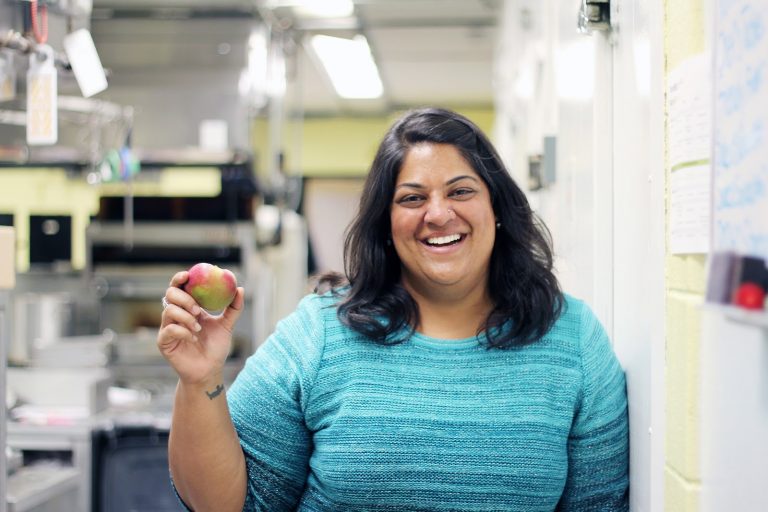
Episode 7 Joshna Maharaj – Taking Back the Hospital Tray May 22, 2019

